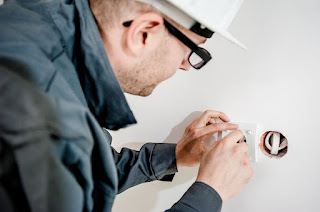Electrician's Perspective: Five Electrical Safety Tips
Electrical safety is essential in the home. Here are 5 ways to help prevent fires and accidents.
To keep your family safe, follow these 5 electrical safety tips from a Gawler electrician:
Test your Electrical outlets for power before you plug in appliances
- You should not plug in anything other than the appliance being tested
- It is best to test one outlet at a time
- Never use an adapter to plug into an outlet unless you are absolutely sure that it is safe to do so
- If power is not present, it is possible that there is a breaker or fuse that has tripped and needs to be reset.
- re system (2 hots and a neutral) you will see 120v
Use Extension Cords as a Last Resort
Extension cords are a great tool for extending the reach of an outlet, but they should never be used as the main power source for anything. Extension cords can only safely handle so much power before they overload and start to malfunction.
When repairing electrical items, turn off the power at the breaker box or fuse box first
If you are working on electrical items - a coffee maker, a television set, an oven - and you want to make sure that you don't shock yourself, it's always best to turn off the power at the breaker box or fuse box before proceeding.
Always Use a 3 Prong Outlet for High Wattage Appliances

Comments
Post a Comment